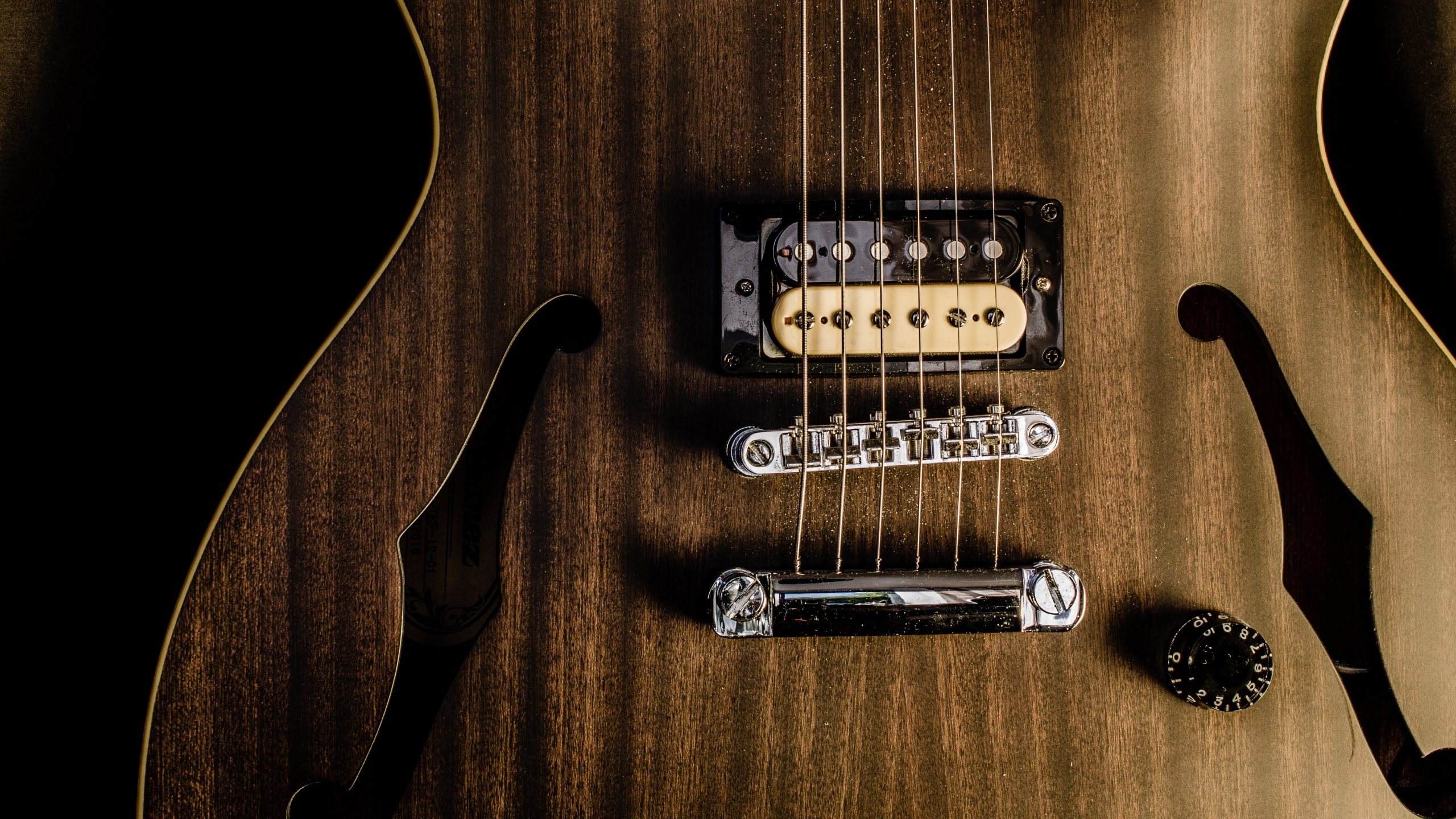Let’s start out with the major scale/Ionian mode itself which you should recognize by its familiar do-re-mi sound. Play the following major scale pattern in A:

Did you just fire off the scale pattern without really listening to it? How much did you involve your ear in this exercise? Be honest… it’s natural that most of your attention goes to what you’re doing in a technical sense rather than being guided by your ear.Step 2
The next step is to play the scale starting on the same note but ascending the G string. Try it and see what happens without looking at the diagram below!
I imagine playing on a single string either forced you to navigate the fretboard by note names, intervals or by using your ear.
You should have played something like this:

Step 3
In Step 3 we try to force the ear into action a little more by playing the single-string pattern ascending and descending on all the other strings. When you do this, you’ll notice that if you make a mistake your ear will correct you. This is a highly-beneficial exercise because it’s the exact thing you need to be able to do when you venture outside of a scale pattern, or when an idea or melody pops into your head and you want to find the notes to play it. A lot of the time patterns won’t allow you to do this simply because your ear is not paying attention as you randomly run up and down them. This exercise turns the tables and brings your ear into the equation because you can no longer rely on the pattern.
Hearing the Modes
Let’s apply this exercise to the rest of the modes starting with Lydian. Here’s your starting pattern:

Once you’ve run through the box pattern a couple of times, try playing it up and down the G string, then on all the other strings as we did in Steps 2 and 3 above. The Lydian scale is only one note different from the major scale, but your ear needs to be aware of it. If you find yourself getting around using note names, intervals or visual references try looking away from the guitar, doing the exercise in an unfamiliar key, or even playing in the dark.
Here are the starting patterns you’ll need for the rest of the modes:
Mixolydian

Aeolian (Natural Minor)

Dorian

Phrygian

Locrian

Final Task
As a final task try thinking of any of the above scales and singing them up and down. Don’t worry if you can’t do this as it does take time, but what you should have is a much clearer idea of how the scale sounds in your head, and this is great progress!
We’ve got a ton of blog lessons on modes for you to check out here, and if you’re looking to bridge the gap between pentatonics and modes, our latest eBook, ‘Beyond Pentatonics’, does just that.



